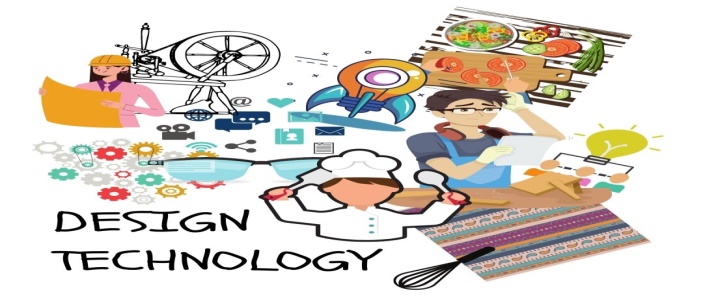Design and Technology (DT)
Design and Technology in primary schools develops children's skills and knowledge in design, structures, mechanisms, electrical control and a range of materials, including food. It encourages children's creativity and encourages them to think about important issues.
The DT Curriculum Progression Grid shows what will be covered by all children and how skills and knowledge are developed as the children progress through the school.
Ambition / Intent:
At Camrose Primary School, we believe that Design Technology is essential to a rich and balanced education that develops the whole child. The study of Design Technology gives children an insight into how the world is being shaped around them for the evolving needs of people and communities from past to present. In a rapidly changing age of technology, it is essential that children are equipped with the knowledge and technical skills to creatively solve real life problems, so that they have the ability to make their own impact on the world around them.
Design / Implementation:
The National Curriculum provides the structure and skill development for the Design & Technology curriculum being taught throughout the school. At Camrose, we are dedicated to the teaching and delivery of a high-quality Design and Technology curriculum through well planned and resourced projects and experiences.
We have determined that Design Technology will be taught in two or three units across the school year. During Design and Technology units, our children draw upon subject knowledge and skills within Mathematics, Science, History, Computing and Art. Through the evaluation of past and present technology they can reflect upon the impact of Design Technology on everyday life and the wider world.
Impact:
At Camrose, we ensure all of our pupils are able to approach problems creatively and in a range of ways. By providing a range of contexts and the necessary skills, we endeavour to support pupils in their future educational journey and in the understanding of the ever-developing world around them.
The skills and attributes they develop will benefit them beyond school and into adulthood: the ability to use time efficiently, work with others productively, show initiative, independence, resilience and manage risks effectively will ensure well-rounded citizens who will make a difference in the wider world.
|
CamroseDesigner |
|||
|
End Point in Learning Journey |
|||
|
EYFS |
Key Stage 1 |
Key Stage 2 |
|
|
|
|
|

